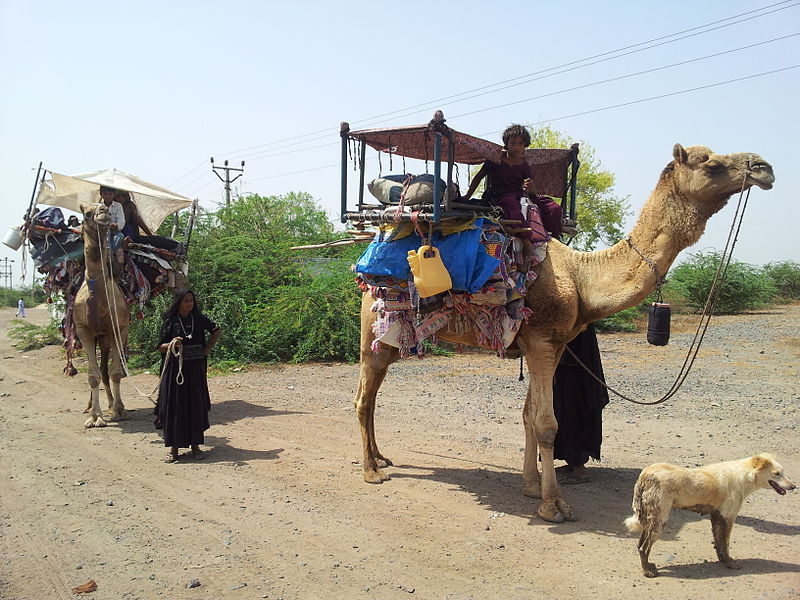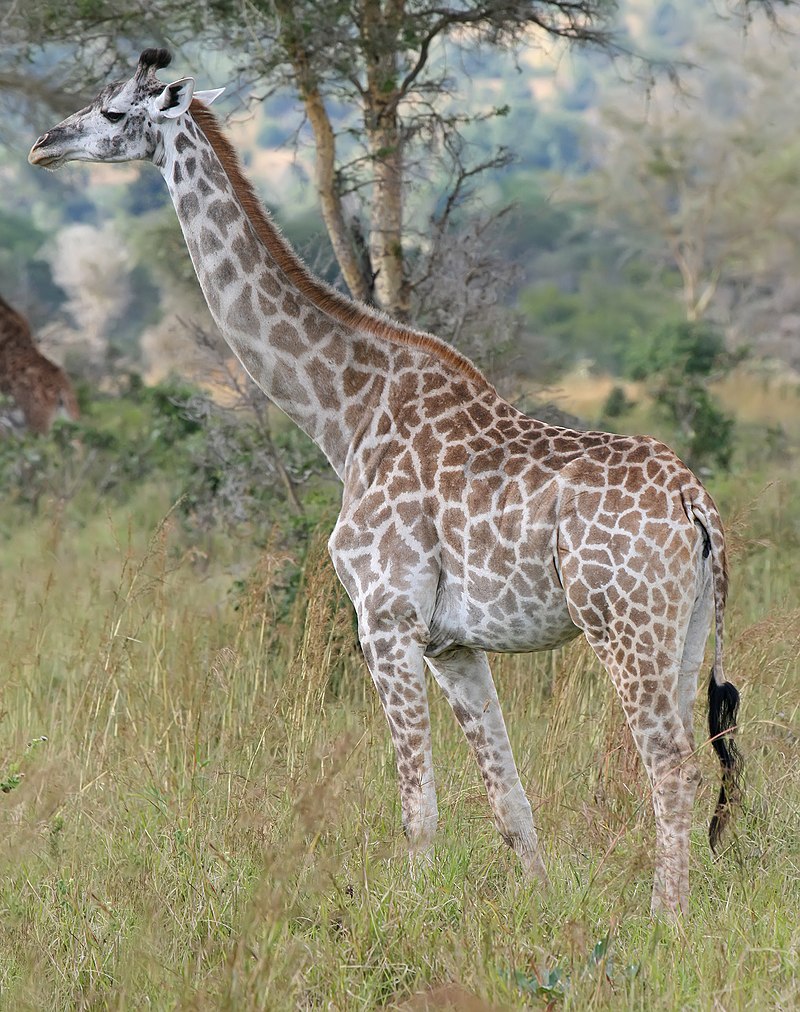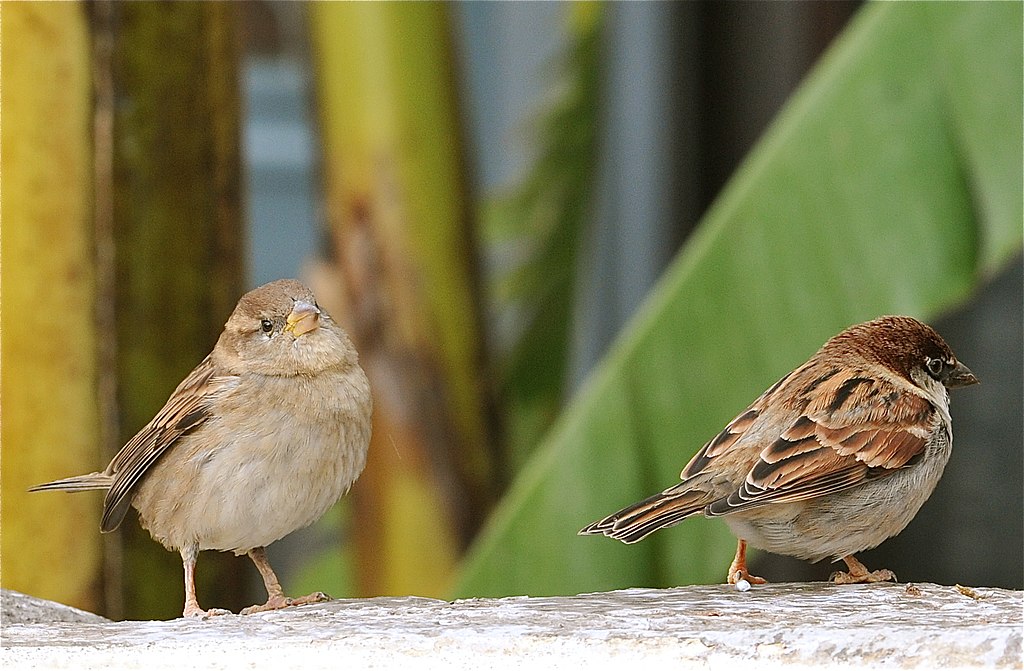 A even-toed ungulate is AN hoofed mammal at intervals the genus Camelus, bearing distinctive fatty deposits referred to as "humps" on its back. the 2 living species of even-toed ungulate square measure the Arabian camel, or one-humped even-toed ungulate (C. dromedarius), that inhabits the center East and therefore the Horn of Africa; and therefore the bactrian, or two-humped even-toed ungulate (C. bactrianus), that inhabits Central Asia. each species are domesticated; they supply milk, meat, hair for textiles or product like unwoven pouches, and square measure operating animals with tasks starting from human transport to bearing hundreds.
A even-toed ungulate is AN hoofed mammal at intervals the genus Camelus, bearing distinctive fatty deposits referred to as "humps" on its back. the 2 living species of even-toed ungulate square measure the Arabian camel, or one-humped even-toed ungulate (C. dromedarius), that inhabits the center East and therefore the Horn of Africa; and therefore the bactrian, or two-humped even-toed ungulate (C. bactrianus), that inhabits Central Asia. each species are domesticated; they supply milk, meat, hair for textiles or product like unwoven pouches, and square measure operating animals with tasks starting from human transport to bearing hundreds. "Camel" is additionally used a lot of generally to explain any of the six camel-like mammals within the family Camelidae: the 2 true camels and therefore the four New World camelids: the even-toed ungulate, alpaca, guanaco, and vicuña of South America.[5][6]The average lifespan of a even-toed ungulate is forty to fifty years. A grownup adult even-toed ungulate stands one.85 m (6 foot one in) at the shoulder and a couple of.15 m (7 foot one in) at the hump.[9] Camels will run at up to sixty five km/h (40 mph) briefly bursts and sustain speeds of up to forty km/h (25 mph).[10] Bactrian camels weigh three hundred to one,000 kilogram (660 to two,200 lb) and dromedaries three hundred to 600 kilogram (660 to one,320 lb).
"Camel" is additionally used a lot of generally to explain any of the six camel-like mammals within the family Camelidae: the 2 true camels and therefore the four New World camelids: the even-toed ungulate, alpaca, guanaco, and vicuña of South America.[5][6]The average lifespan of a even-toed ungulate is forty to fifty years. A grownup adult even-toed ungulate stands one.85 m (6 foot one in) at the shoulder and a couple of.15 m (7 foot one in) at the hump.[9] Camels will run at up to sixty five km/h (40 mph) briefly bursts and sustain speeds of up to forty km/h (25 mph).[10] Bactrian camels weigh three hundred to one,000 kilogram (660 to two,200 lb) and dromedaries three hundred to 600 kilogram (660 to one,320 lb).The male {dromedary|Arabian even-toed ungulate|Camelus dromedarius|camel} camel has in its throat AN organ referred to as a dulla, a large, expansive sac he extrudes from his mouth once in rut to claim dominance and attract females. It resembles a protracted, swollen, pink tongue hanging out of the facet of its mouth.[11] Camels mate by having each male and feminine sitting on the bottom, with the male mounting from behind.[12] The male sometimes ejaculates 3 or fourfold at intervals one sex activity session.[13] Camelids square measure the sole ungulates to mate in an exceedingly sitting position.[14]The earliest glorious even-toed ungulate, referred to as Protylopus, lived in North America forty to fifty million years agone (during the Eocene).[13] it had been concerning the scale of a rabbit and lived within the open woodlands of what's currently American state.[50][51] By thirty five million years agone, the Poebrotherium was the scale of a goat and had more traits kind of like camels and llamas.[52][53] The ungulate Stenomylus, that walked on the ideas of its toes, additionally existed around this point, and therefore the long-necked Aepycamelus evolved within the Miocene epoch.
The direct relative of all trendy camels, Procamelus, existed within the higher Miocone and lower Pliocene epoch. Around 3–5 million years agone, the North yankee Camelidae unfold to South America via the Isthmus of Panama, wherever they gave rise to guanacos and connected animals, and to Asia via within the high Canadian Arctic indicate the Arabian camel is descended from a bigger, boreal browser whose hump could have evolved as AN adaptation in an exceedingly cold climate.This creature is calculable to own stood around 9 feet tall.
The last even-toed ungulate native to North America was Camelops hesternus, that nonexistent in conjunction with horses, short-faced bears, mammoths and mastodons, ground sloths, saber-toothed tiger cats, and plenty of alternative megafauna, coinciding with the migration of humans from Asia.[59][60]
There square measure around fourteen million camels alive as of 2010, with ninetieth being dromedaries.[189] Dromedaries alive nowadays square measure domesticated animals (mostly living within the Horn of continent, the Sahel, Maghreb, geographical region and South Asia). The Horn region alone has the biggest concentration of camels within the world,[19] wherever the dromedaries represent a vital a part of native wandering life. they supply wandering folks in African country (which has the biggest even-toed ungulate herd within the world)[13] and African country with milk, food, and transportation.
The largest population of wild camels is in Australia. There square measure around 700,000 wild Arabian camel camels in central components of Australia, descended from those introduced as a way of transport within the nineteenth and early twentieth centuries of the Australian government have culled quite one hundred,000 of the animals partly as a result of the camels use an excessive amount of of the restricted resources required by sheep farmers.






















